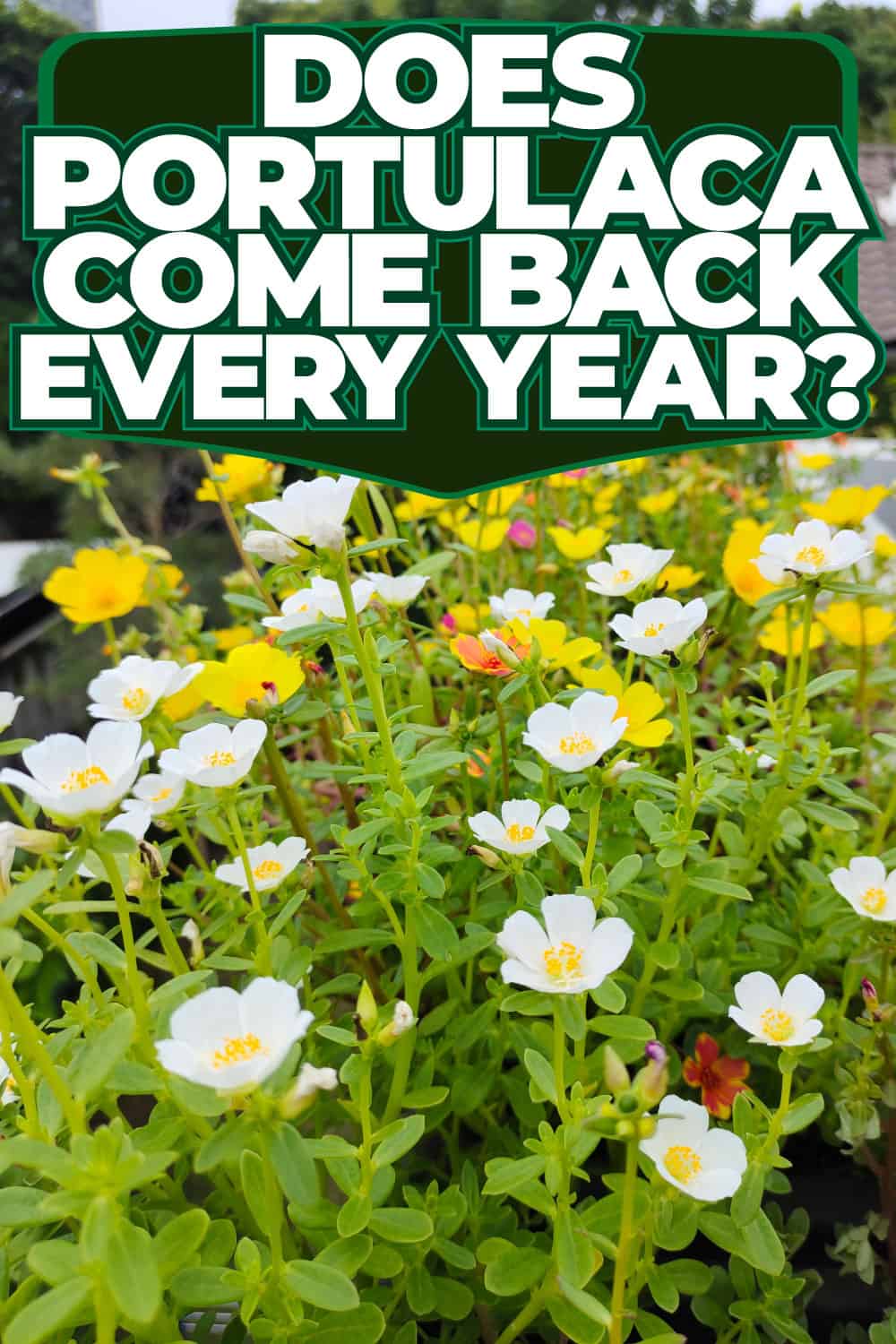One of the well-known ornamental plants in every garden is the Portulaca grandiflora. Portulaca is a hardy plant, and the seeds spread. The plants can cover containers or hanging baskets. The flowers are rose-like and add beauty to the landscape.
Are you considering adding this beautiful plant to your garden and wondering if they grow back every year?
Portulaca is an annual plant, as it dies every year in colder climates, but it is a perennial in warm climates. However, it self-seed, enabling it to back the next growing season without much help from the gardener. You can also harvest the seeds and grow them next year.
Would you like to learn more about how to grow and care for Portulaca? Continue reading this article as we discuss everything about Portulaca.
Does Portulaca Grow Back Annually?

Portulaca is a succulent perennial plant that grows back and does not need too much deadheading or cutting to grow. You may need the cutting for another reason: because of invasion. This plant spreads quickly without the need for extra care.
This ornamental plant is also an annual that lives and dies yearly. This plant can grow back from its seedlings, cuttings, or transplanting.
Portulaca, also called moss rose, has a purplish stem and green leaves and looks like a rubber plant with a white vein in the middle. Ideal in most gardens as bedding and is best to grow in spring.
The plant dies if the temperature drops below freezing point. Replanting Portulaca in a container and keeping it indoors during winter is the best solution to save it. You may also harvest and plant the seeds in the next growing season.
Are Portulaca Invasive?

Portulaca is invasive and spreads widely. It easily grows and invades areas where you did not plant portulaca seeds, which is ideal for covering garden beds. Portulaca attracts pollinators like butterflies, but it also self-pollinates.
Is Portulaca Edible?

Portulaca or purslane is edible and has been part of the diet for centuries. There are over 100 varieties of Portulaca. Take note that the only fully edible variety is the Portulaca Oleracea. Portulaca leaves are common in salads.
How To Care For Portulaca?
Portulaca is easy to maintain and grows from 6 to 18 inches high. The blooms appear in summer up to the second half of the fall season. Portulacas' blooms' colors range from red, pink, yellow, or white.
Here is how to care for Portulaca:
- Portulaca can thrive in any soil type but prefers sandy and well-drained ones. This plant loves full sunlight and is drought-tolerant.
- To grow the plant from the seeds, avoid covering too much with soil because they need sunlight to germinate and grow.
- Do not overwater once the plant grows. Allow the soil's surface to dry before watering again to avoid root rot because of overwatering and soggy soil.
- Prune old blooms to grow more flowers.
- Use a slow-release fertilizer to feed your Portulaca.
- You may need to control Portulaca if you grow them in the garden because this plant is invasive, and you may have a hard time preventing them from spreading in areas you do not want them to invade.
- Portulaca should be planted in a sunny spot.
- Replant in a container during winter and keep it indoors until the frost ends.
Why Is Your Portulaca Dying?
There are several causes why your Portulaca is dying:
Aphids
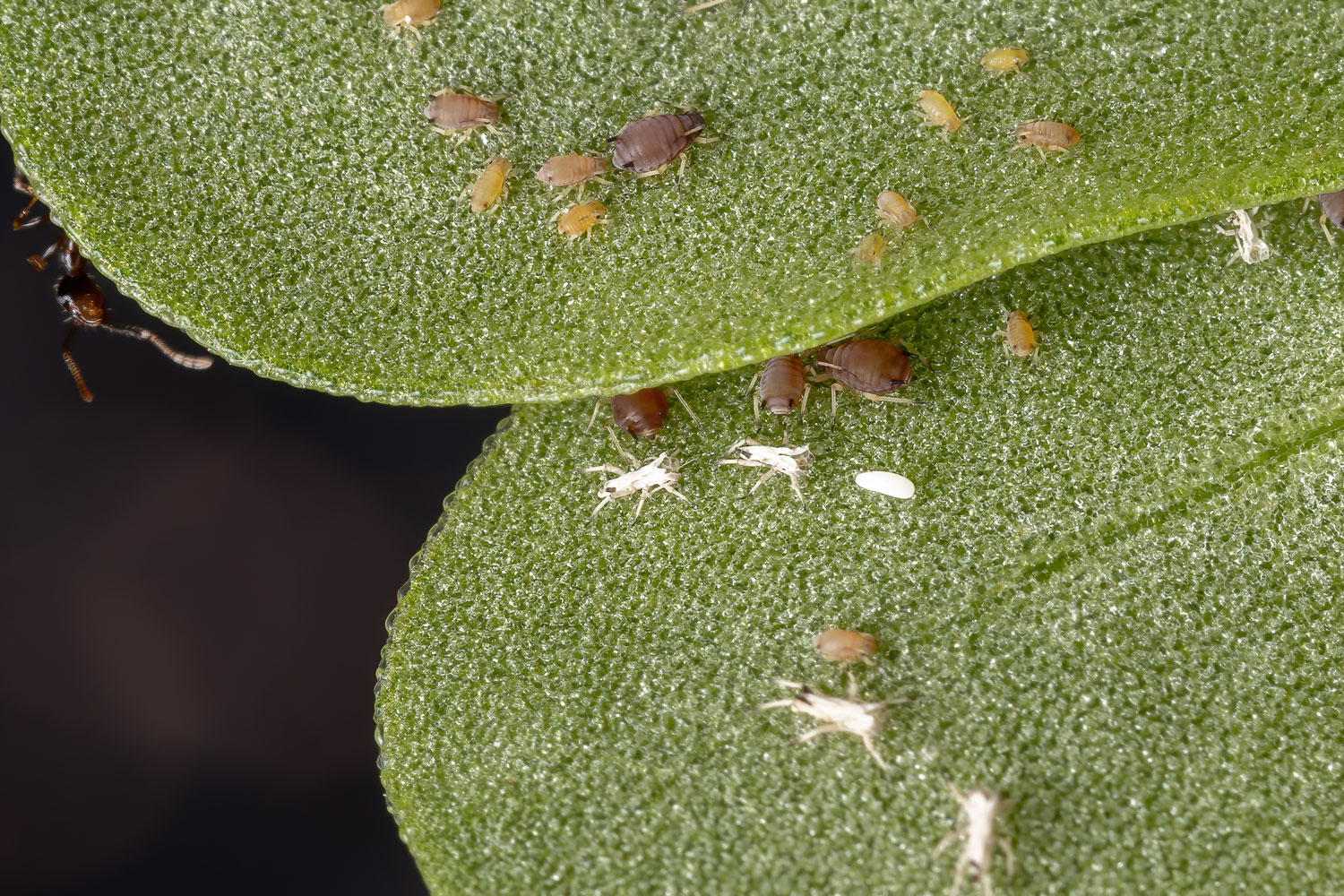
Aphids can damage the sap of the plants, resulting in puckered, curled, or yellowed leaves. The excess sap aphids unable to suck are called honeydew—this attracts sooty mold. Sooty mold won't kill your plant, but aphids in colonies can.
Follow these steps to control aphids and honeydew:
- You can use insecticides or pesticides to control aphids. You can also use detergent soap and water mixture.
- Use insecticidal soap, white oil, or neem oil to remove the honeydew.


Click here to check insecticidal soap on Amazon.
Root And Stem Rot
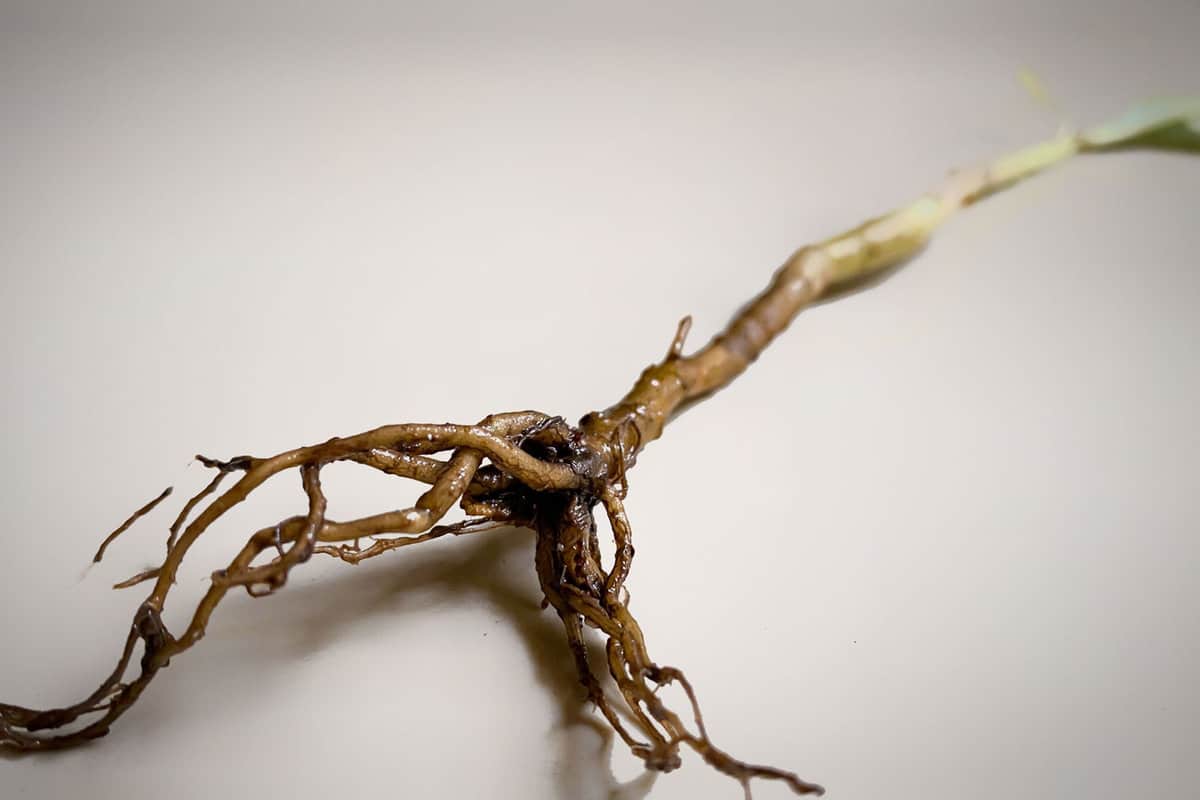
Portulaca is prone to root rot and stem rot because of these possible reasons:
- Excessive watering, too much fertilizer, or poor soil.
- It is also possible that the plant experienced excessive drought. Portulaca is drought-tolerant, but it doesn't mean it can survive without water. It will result in poor health of the rooting system.
- The soil could also have fungal disease infection that causes root rot.
To control root rot, these are the things that you need to do:
- Remove the plant from the soil.
- Wash the plant's roots using flowing water.
- Cut unhealthy roots using a sterilized sharp knife or scissors. Cut the portion above the infected area.
- Use hydrogen peroxide and spray the roots to control any fungus or bacteria.
- Dry the roots and leave them unpotted overnight.
- Repot the plant in a new well-drained soil mix that promotes aeration and a new container the next day.
- Let the plant recover.
Botrytis Blight
Botrytis blight is a fungal disease that affects leaves, flowers, stems, seeds, or any part of the plants, roots not included. You will see gray spores and brown spots. Botrytis is active during rainy springs, cool summers, or cool seasons.
To control botrytis:
- You can use fungicides to protect your plant from further fungal infections.
- Avoid overnight watering of plants.
- Avoid excessive moisture and provide good airflow.
- Remove dead leaves, fruits, or flowers around Portulaca.
- Surround your Portulaca with other plants that are not susceptible to fungal diseases.
- Sanitize the garden or the greenhouse.
- Maintain pruning or cutting the plant.
Two-spotted Spider Mites
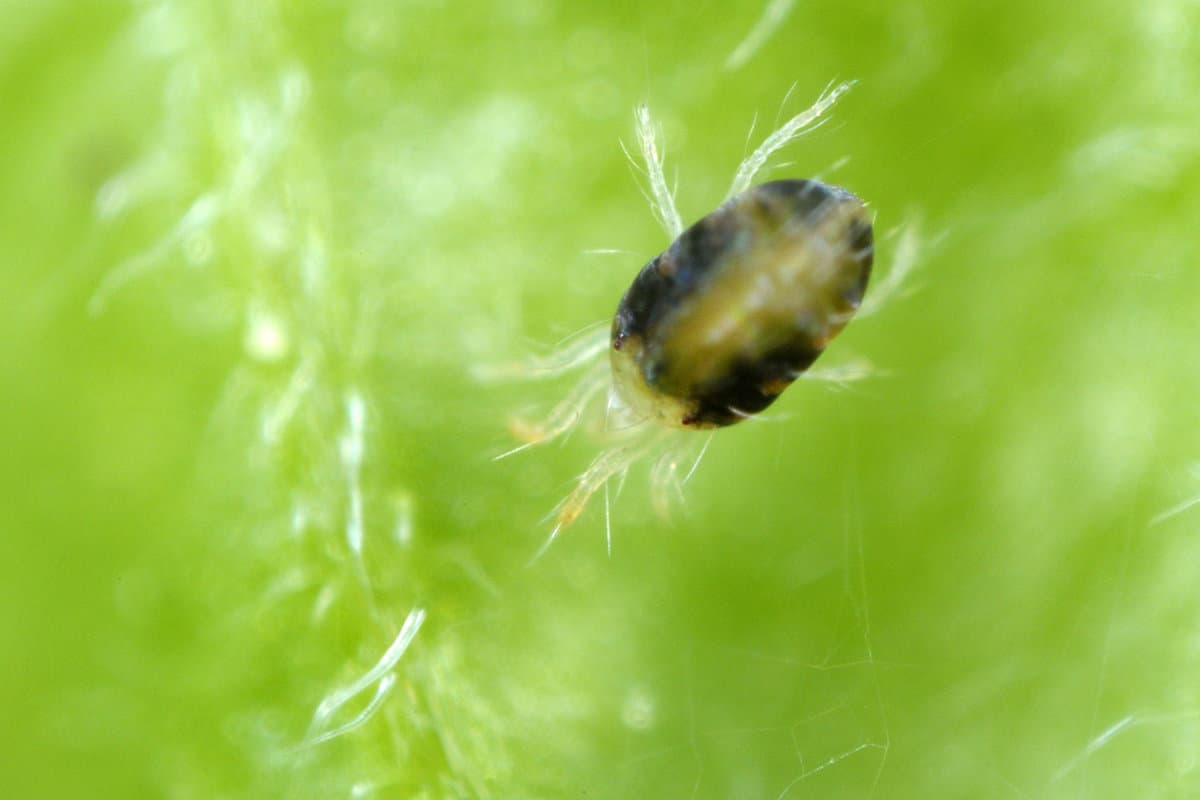
This mite attacks different plants. These pests make the leaves lose color, die, and fall off.
To control spider mites on any plants, create a healthy environment around your plants to attract natural predators of pests like ladybugs. Nectar-producing plants such as daisies and carrots are best for plants around.
Avoid using chemicals to kill pests, but use organic insecticides like neem oil.
What Are The Best Insecticides For Portulaca?
These are some natural insecticides safe to use for Portulaca:
Trifecta All-In-One Crop Control
Trifecta is a natural fungicide, insecticide, pesticide, and miticide that controls spider mites, botrytis, powdery mildew, mold, and more.
This is safe for herbs, roses, spices, flowers, trees, vegetables, ornamentals, succulents, shrubs, houseplants, and more.


Click here to check all-in-one crop control on Amazon.
Natria Neem Oil
Natria Neem Oil is an organic pest control against aphids, spider mites, caterpillars, whiteflies, beetles, midges, fruit flies, and more. This neem oil spray is on indoor and outdoor plants. It controls powdery mildew, scabs, botrytis, blackspot, rust, and more.


Click here to check Natria Neem Oil on Amazon.
Bonide Captain Jack's Neem Oil
Bonide is a 4-in-1 miticide, fungicide, nematicide, and insecticide ideal for organic gardening. Neem oil controls flies, mildew, mites, and more. It prevents fungal infections and kills larvae, eggs, and adult insects.
Safe to use on flowers, fruits, vegetables, herbs, roses, trees, houseplants, and shrubs.


Click here to check Bonide on Amazon.
Mighty Mint Pepper Mint Spray
Peppermint spray fights against insects, spider mites, diseases, and fungi. It is plant-based—safe to use around people, pets, and plants. Pepper Mint Spray is ideal for indoor plants, gardens, and crops.


Click here to check pepper mint spray on Amazon.
BioAdvanced Insect Killer
BioAdvanced is a ready-to-use insect killer for flowers, especially roses, plants, and vegetables. It controls 100 types of insects, such as aphids, Japanese beetles, whiteflies, caterpillars, and more. It can protect your plants for up to 14 days.
Hold the spray bottle at least 12 inches away from the targetted foliage and directly spray. Spray until the leaves are coated but not dripping wet.


Click here to check the insect killer on Amazon.
Humboldts Insecticide, Miticide, and Pesticide
This insecticide is a powerful shield against pests and fungi. It kills mites, soft-bodied insects, and their eggs and controls powdery mildew. This product won't harm the environment of your plants. Follow the instructions on applying this product.


Click here to check Humboldts on Amazon.
Garden Safe Fungicide
Garden Safe is a fungicide, miticide, and insecticide that is ready to use up to harvest day. Ideal to use in organic gardening and is safe for flowers, roses, ornamental trees, houseplants, fruits, shrubs, and vegetables. Apply Garden Safe every two weeks for best results.


Click here to check Garden Safe on Amazon.
Summary
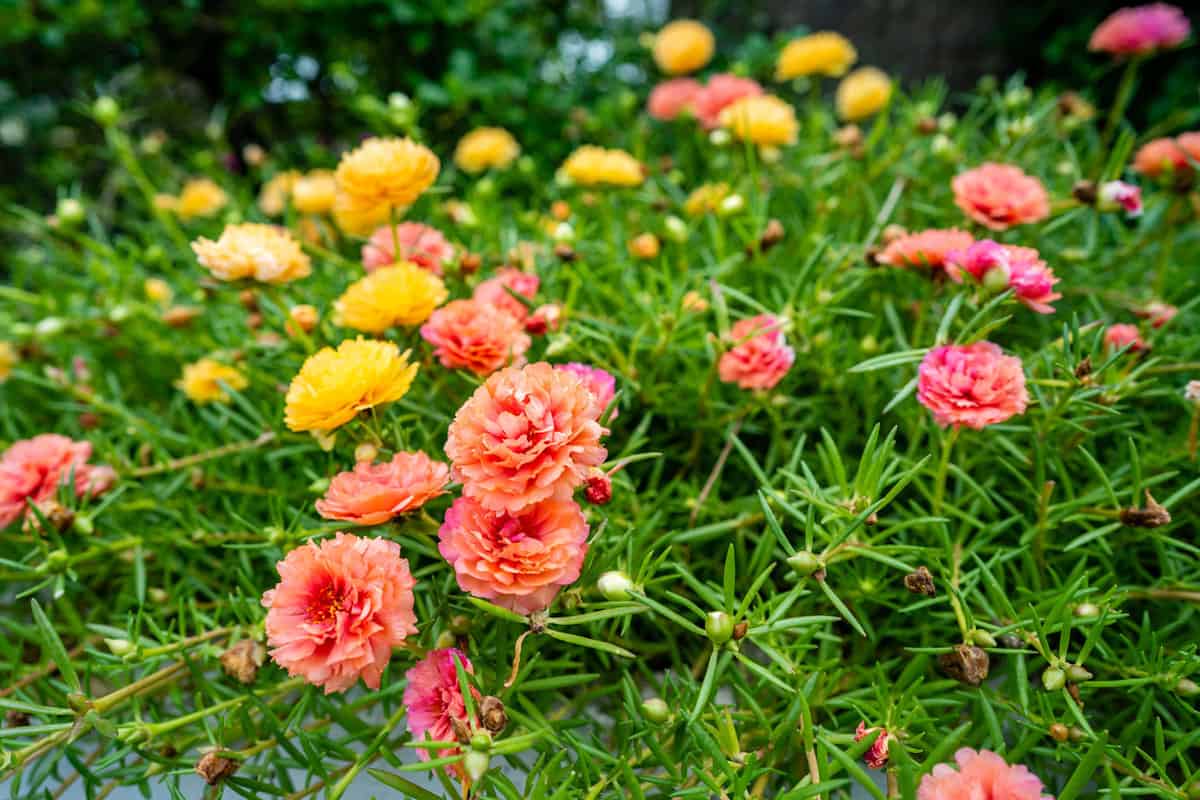
We discussed Portulaca and its lifespan. We also tackled how to take care of these ornamental plants. We hope we helped you plan to grow such beautiful flowers in your garden. Enjoy gardening!
If you want to learn more gardening tips and other ideas, you may read these posts:
Can I Mix Fungicide & Insecticide? Are They Compatible?
Pesticides Vs. Insecticide; Which Is Best For Your Home Vegetable Garden?
